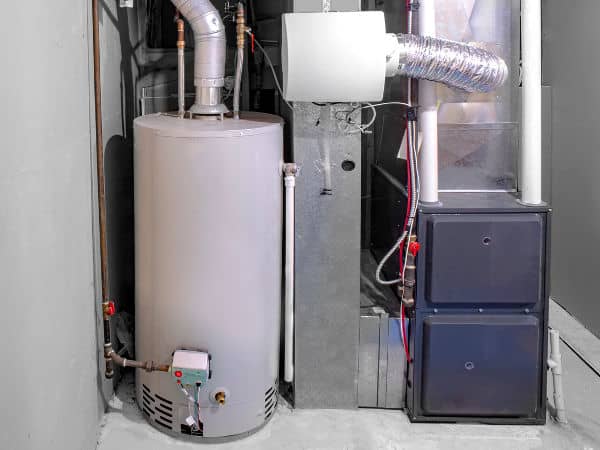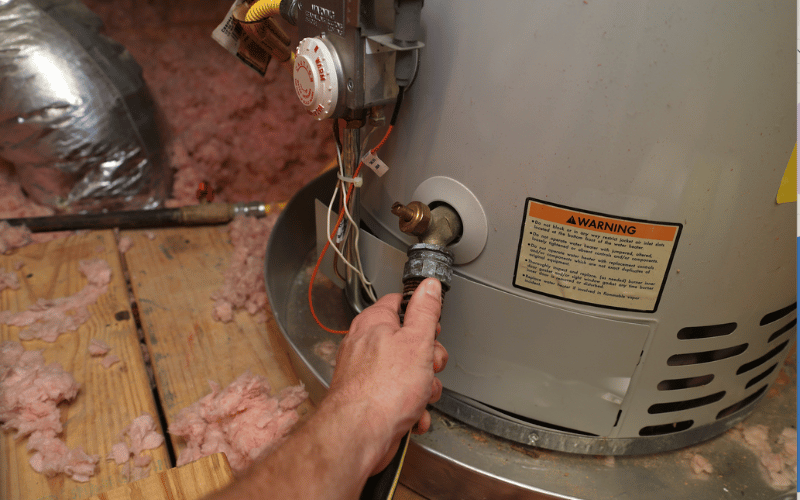Ensuring Longevity of Your Home's Hot Water System: Maintenance Advice
Ensuring Longevity of Your Home's Hot Water System: Maintenance Advice
Blog Article
What're your thoughts and feelings about How to Maintain Your Water Heater & Prolong its Life?

Warm water is essential for everyday convenience, whether it's for a refreshing shower or cleaning recipes. To ensure your warm water system runs effectively and lasts longer, normal maintenance is crucial. This article offers sensible suggestions and understandings on just how to preserve your home's warm water system to avoid interruptions and pricey repair work.
Introduction
Preserving your home's warm water system might seem daunting, but with a couple of simple actions, you can guarantee it operates smoothly for many years to come. This guide covers every little thing from understanding your hot water system to DIY upkeep suggestions and recognizing when to hire expert assistance.
Importance of Maintaining Your Warm Water System
Regular upkeep not only extends the life expectancy of your warm water system but also ensures it operates effectively. Disregarding maintenance can cause lowered efficiency, higher energy bills, and also early failure of the system.
Signs Your Hot Water System Needs Upkeep
Recognizing when your warm water system requires focus can protect against significant concerns. Keep an eye out for indications such as inconsistent water temperature, unusual noises from the heating unit, or corroded water.
Purging the Water Heater
Flushing your hot water heater removes debris build-up, boosting performance and lengthening its life.
Monitoring and Changing Anode Rods
Anode poles stop rust inside the storage tank. Evaluating and changing them when broken is essential.
Complex Issues Calling For Specialist Aid
Instances include major leaks, electrical troubles, or if your hot water heater is constantly underperforming.
Regular Expert Maintenance Benefits
Professional maintenance can include comprehensive inspections, tune-ups, and making certain conformity with security standards.
Evaluating and Changing Temperature Level Setups
Changing the temperature settings guarantees optimal efficiency and security.
DIY Tips for Upkeep
You can carry out numerous upkeep tasks on your own to maintain your warm water system in leading condition.
Checking for Leaks
Regularly evaluate pipes and links for leaks, as these can lead to water damages and higher costs.
Comprehending Your Hot Water System
Before diving into upkeep tasks, it's useful to understand the standard elements of your hot water system. Generally, this consists of the hot water heater itself, pipes, anode rods, and temperature level controls.
Regular Monthly Maintenance Tasks
Normal regular monthly checks can help catch minor concerns prior to they escalate.
Examining Pressure Alleviation Valves
Evaluating the stress safety valve ensures it operates correctly and stops excessive stress build-up.
Insulating Pipelines
Insulating warm water pipes lowers warm loss and can save energy.
When to Call a Specialist
While DIY upkeep is advantageous, some problems call for expert knowledge.
Verdict
Regular upkeep of your home's hot water system is essential for effectiveness, long life, and cost financial savings. By complying with these tips and understanding when to look for professional assistance, you can make certain a reputable supply of warm water without unexpected interruptions.
How to Maintain an Instant Hot Water Heater
Before tinkering with your hot water heater, make sure that it’s not powered on. You also have to turn off the main circuit breaker and shut off the main gas line to prevent accidents. Also turn off the water valves connected to your unit to prevent water from flowing into and out of the appliance. 2. When you’re done, you have to detach the purge valves’ caps. These look like the letter “T†and are situated on either side of the water valves. Doing so will release any pressure that has accumulated inside the valves while at the same time avoid hot water from shooting out and burning your skin. 3. When the purge valves’ caps are removed, you have to connect your hosing lines to the valves. Your unit should have come with three hoses but if it didn’t, you can purchase these things from any hardware or home repair shops. You can also get them from retail stores that sell water heating systems. Read the user’s manual and follow it to complete this task properly. When the hosing lines are connected, open the purge port’s valves. 4. You should never use harsh chemical cleaners or solutions when cleaning your unit. Make use of white vinegar instead. It should be undiluted and you’ll probably use about 2 gallons. 5. Now flush your water heater. This task should probably take about 40 minutes. We can’t give you specific directions for this because the procedure is carried out depending on the type, model and brand of your heater. With that being said, refer to the user’s manual. 6. When you’re done draining the unit, you have to turn off the purge port valves again. Remove the hosing lines that you earlier installed on each of the water valves. Put the valve caps (purge port) back in their respective places and be very careful so as not to damage the rubber discs that are found inside these caps. 7. Now that everything’s back in place, check your user’s manual again to find out how to reactivate your water heating system. 8. Once it is working, turn one of your hot water faucets on just to let air pass through the heater’s water supply pipes. Leave the tap on until water flows smoothly out of it. https://www.orrplumbing.com/blog/2014/september/how-to-maintain-an-instant-hot-water-heater/

I was introduced to that report on Tips For Maintaining Your Hot Water Heater from a good friend on our other website. In case you enjoyed reading our blog entry plz don't forget to share it. I treasure reading our article about Water Heater Maintenance Tips You Can't Afford to Forget.
Book Services Report this page